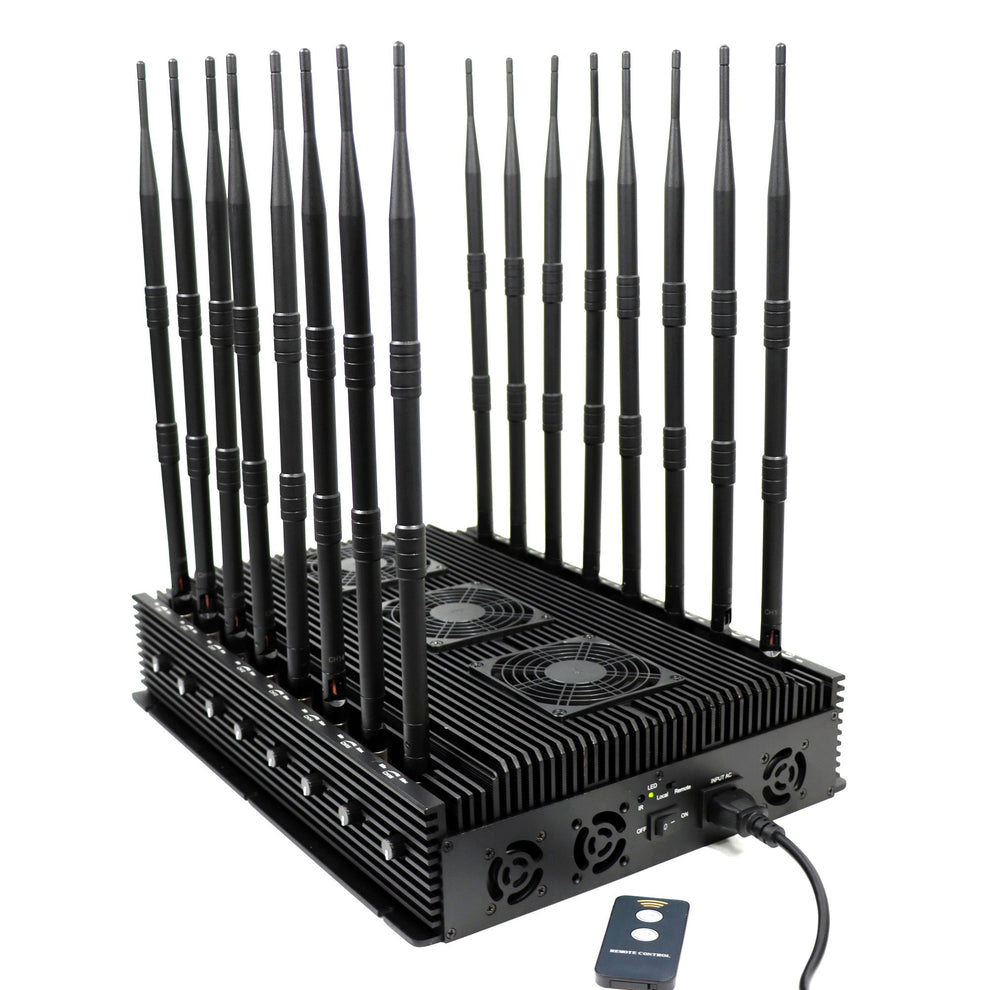What effect does temperature have on the service life of mobile phone signal shielding equipment?
1. The parameter indicators of all devices will change with changes in temperature. Excessive temperature will affect the stability of the equipment. For example, when there are signals on both sides of the interference frequency range in a shielded area, the signal blocker is usually effective. When the temperature rises, the frequency will decrease. With a large offset, the interference frequency deviates from the original working frequency, causing the original shielding to lose its effect or causing the shielding effect to be good or bad.
2. Temperature affects the service life of the equipment. The general rule is that the service life is inversely proportional to the square of the temperature increase.
For example: when the chip temperature of a certain equipment is 65°C, the mean time between failures is 100,000 hours; when it rises to 115°C, the mean time between failures is 30,000 hours.
All current domestic cell phone jammer frequency bands:

GSM:930-960MHz (China Mobile and China Unicom 2G)
DCS:1805-1880MHz(GSM1800)
PHS:1905-1915MHz (Little Smartphone)
CDMA/CDMA200:870-880MHz (Telecom CDMA/Telecom 3G)
WCDMA:2130-2415MHz (China Unicom 3G)
TD-SCDMA:2010-2025Mhz(mobile 3G)
TD-LTE: 1880-1920MHz, 2320-2370MHz, 2570-2620MHz (mobile 4G)
FDD-LTE:1850-1860MHz,2130-2145MHz (China Unicom 4G)
FDD-LTE: 870-880MHz, 1860-1880MHz, 2110-2130MHz (telecom 4G)













